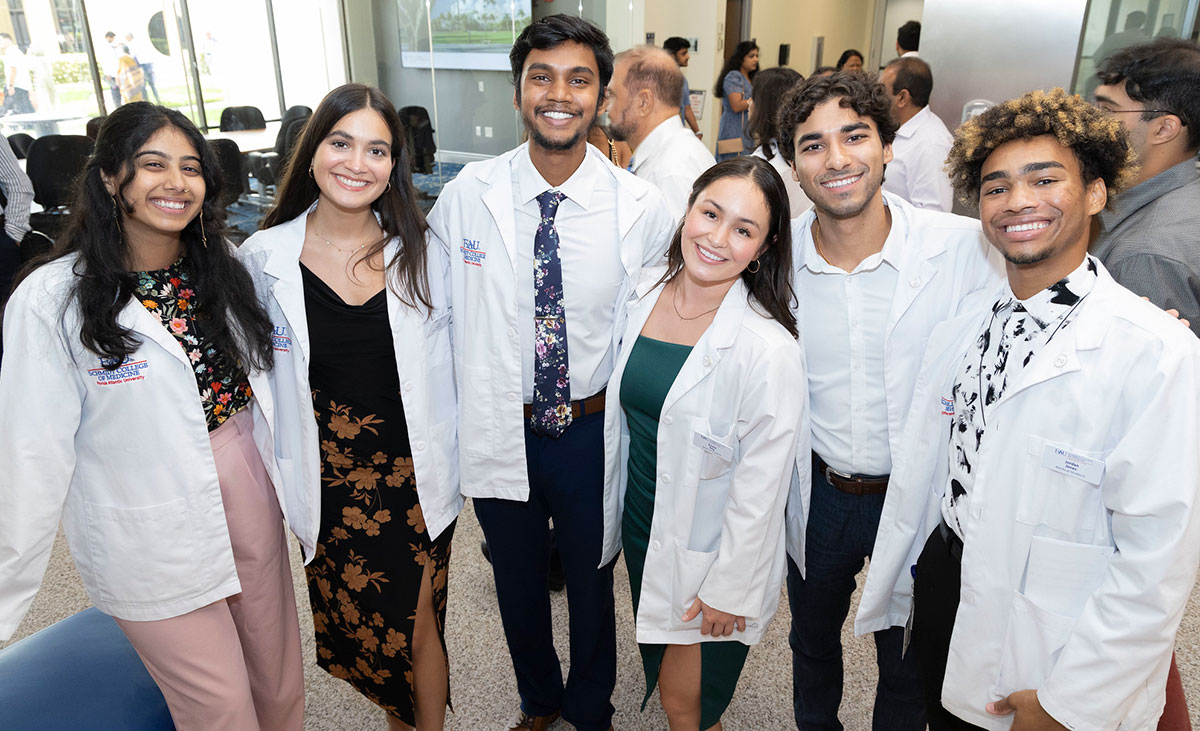For many, the dream of becoming a doctor is a lifelong aspiration. You may envision yourself using your knowledge and compassion to help others, easing pain, and making a positive difference in people’s lives.
However, medical school applications are very competitive. For example, in 2022, acceptance rates were as low as 6.2% for 113 schools ranked for either research or primary care in the US alone. For some would-be physicians, that’s all it takes—just one application. But for others, sometimes, despite best efforts, the path to medical school takes an unexpected turn: rejection.
Don’t let rejection discourage you – reapplying is a common path to success for many aspiring doctors. In fact, it’s a valuable opportunity for growth. You can take this chance to assess your strengths and weaknesses, strategize improvements, and craft a stronger application next time around.
Ultimately, it’s a second chance to pursue your dream of becoming a doctor. Here’s a look at some top tips to follow:
Self-Reflection and Honest Assessment
Begin with self-reflection. Critically review your application from top to bottom—a close reading of each piece is helpful. Isolate where you excelled as much as you do the places that really aren’t as good. Was your GPA or MCAT lacking? Did your activities seem too surface-level or too far from being interconnected?
It is at this point where one must be brutally honest with oneself. Remember, this is an opportunity for growth. So, reach out for feedback from trusted sources through pre-med advisors, mentors, or medical schools. Some of the schools may also give feedback when they reject applicants, and this will always come in handy as it gives an insight into what the schools are looking for in applicants.
Knowing one’s strengths and weaknesses allows you to ensure you are improving in those areas. Remember, reapplying is not about mid-course corrections; it is about seeing good growth or further solidification of your commitment to a career in medicine.
Strategic Improvement
Now that you are aware of your areas of improvement, it is time to work on them. If the issue concerned was your MCAT score, prepare well and take the test again. Take the review available to you, practice diligently, and go for a big increase in the score. Reports show that those applicants who got something in the range of 515 MCAT scores consider retaking the exam, aiming for at least 520. Doing so will improve your competitiveness by just a few points.
Consider taking additional sciences or repeating those for which you did not perform well if your GPA needs a boost. This approach reaches the level of mastering medical prerequisites at its very core. Also, look for those things that you are passionate about, whether that involves serving in a free clinic, shadowing, or doing research.
It’s worth noting that admission committees look for people who display a balanced application view and genuine interest in medicine. So, by dealing straight up with your weaknesses, you demonstrate a high level of commitment and show that you can hack medical school.
Crafting a Compelling Narrative
Your personal statement and other application essays are your chance to tell your story. Reapplicants have a unique advantage here. You can update your narrative, highlighting new experiences, insights, and growth since your last application.
Reflect on the challenges you’ve overcome, the lessons you’ve learned, and the ways in which you’ve grown as a person and a potential physician. Be honest and authentic, sharing your motivations for pursuing medicine and how your experiences have shaped your path. Medical school admissions committees value maturity, resilience, and a clear understanding of the medical field.
When it comes to medical school applications, a compelling personal statement is one of the most influential factors in the reapplication process. So, take the time to craft a narrative that resonates, showcasing your unique qualities and unwavering commitment to medicine.
Selecting the Right Schools
Reapplying also offers a chance to reassess your school list. That said, research different programs, considering factors such as mission, curriculum, and previous interactions with the school.
Don’t be afraid to broaden your search! While the average applicant in the US submitted 18 applications in 2021, strategically targeting a wider range of schools with varying acceptance rates can actually increase your chances of acceptance.
It’s also wise to reflect on your previous experiences with medical schools. Did you receive interviews? If so, reach out to those schools for feedback. They may offer insights into why you weren’t accepted and what you can do to improve your chances.
The Power of Letters of Recommendation
Letters of recommendation are important parts of an application to medical school. They offer valuable insights into your academic abilities, personal qualities, and potential as a future physician. In this case, the selection of recommenders is critical. So, select people who know you well and who can highlight your strengths in their letters.
To ensure your recommenders have the most up-to-date information, reach out to them well in advance of the application deadline. Briefly refresh their memory about your goals and aspirations, and provide them with an updated resume or CV that highlights your recent achievements and relevant experiences.
Final Thoughts
Reapplying to medical school is a journey of perseverance, growth, and self-discovery. By approaching the process with strategic intention, you can significantly enhance your chances of acceptance.
Remember, reapplication is not a sign of failure but rather a testament to your unwavering commitment to becoming a physician. If you’re interested in reapplying to med school, you can reach out to us at International Medical Aid (IMA) for internship opportunities to further boost your chances.





